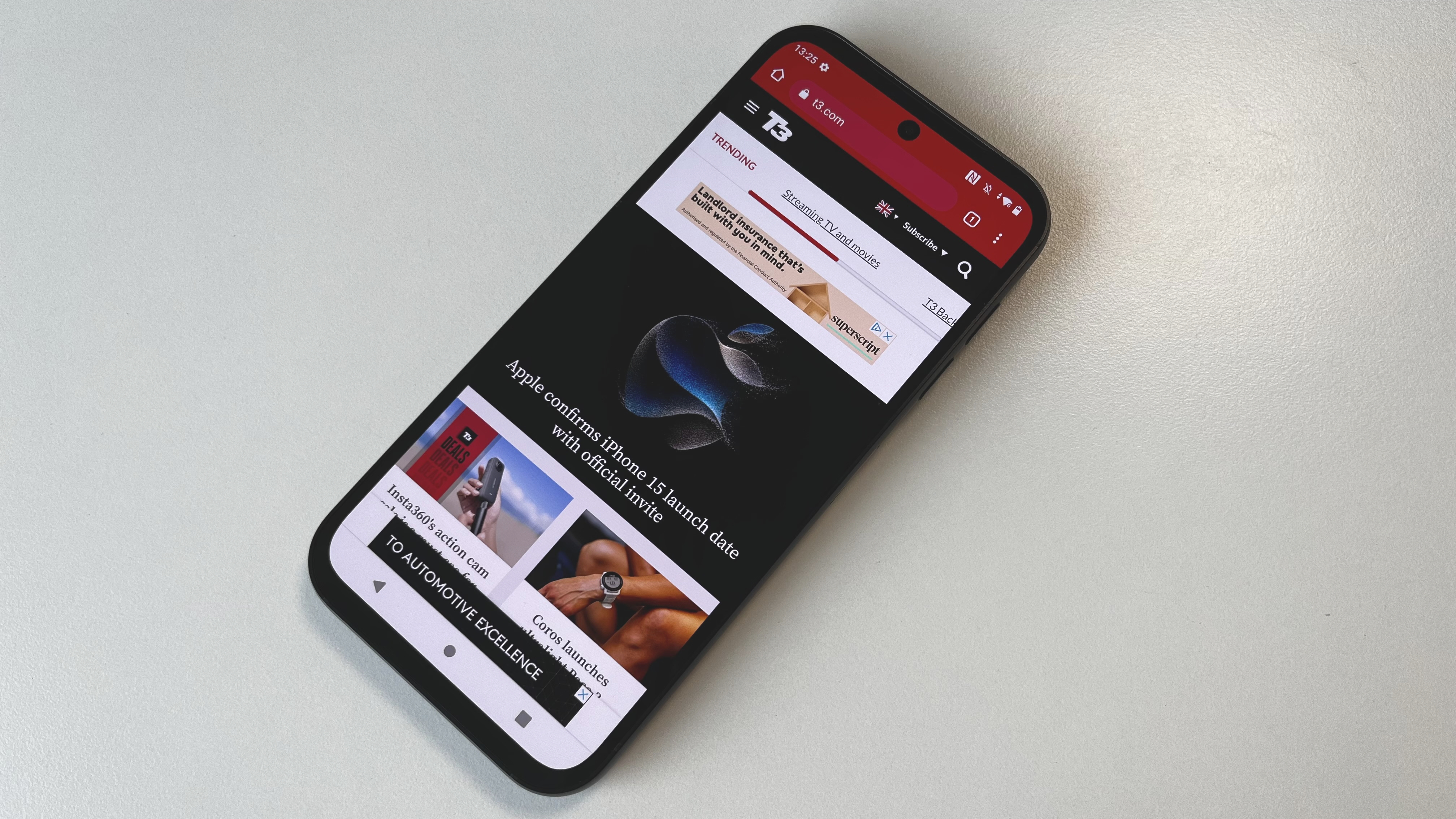
While we all love the swathes of features found on the best Android phones, it does come at a cost. E-waste is a problem which the tech industry is becoming increasingly aware of. Companies are now making real strides to address the level of consumption created by their products.
No brand is doing more to address this than Fairphone. The Dutch outfit have set out to change unfair practices across the tech industry, from wastage to wages. Now, their latest handset – the Fairphone 5 – is here.
I've been testing the phone out for the last few days to get a feel for it. Spoiler alert – it's really good. Don't be fooled by the eco-conscious exterior – this is a phone which could be really handy for a whole range of users. Lets dive in and take a closer look.
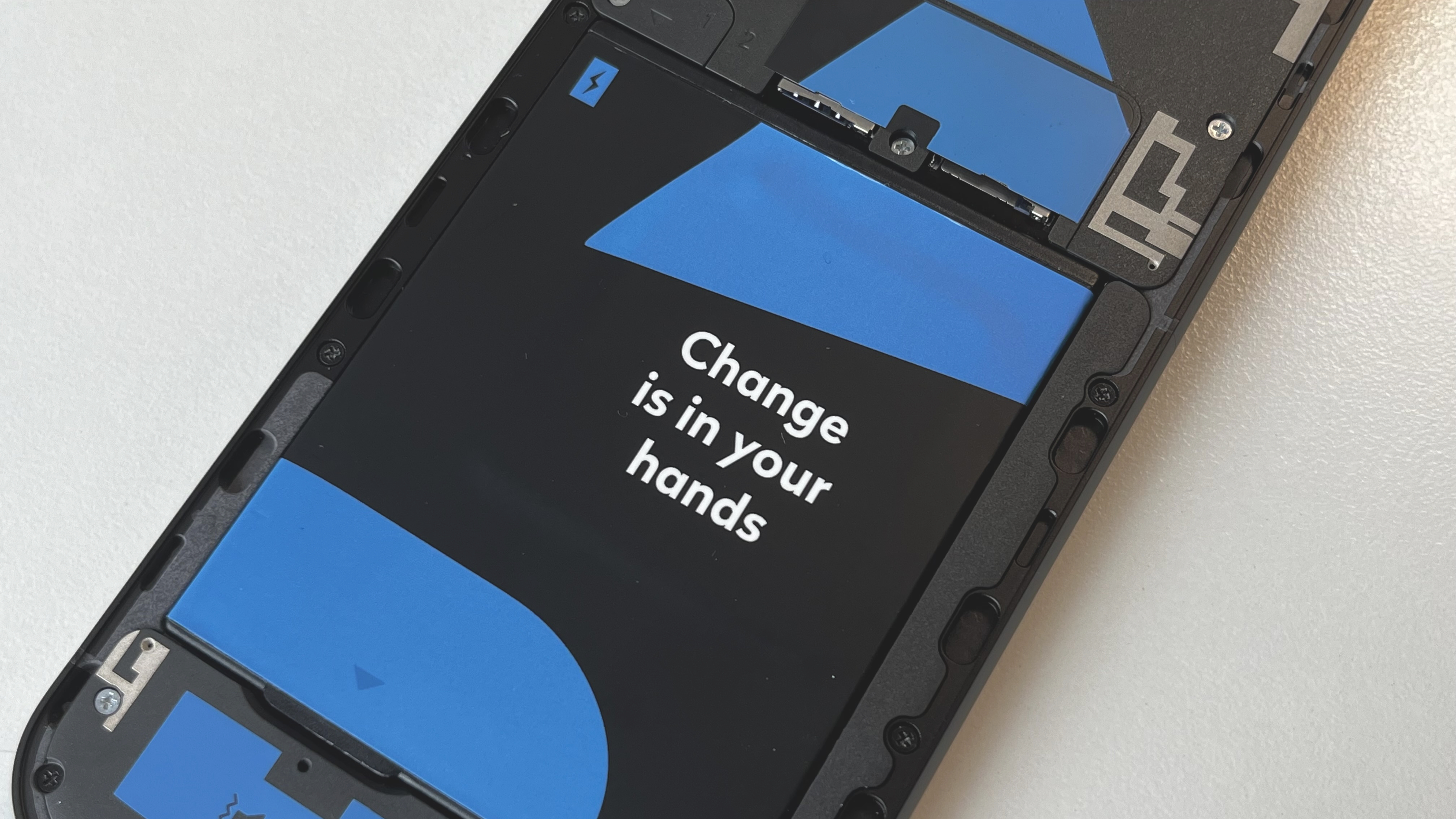
Fairphone 5 Specs
The Fairphone 5 packs in a few upgrades over previous generations. Most notably, that comes in the camera department, where a duo of 50MP cameras in the back are paired with a 50MP selfie shooter.
You'll find a Sony IMX800 for the main camera duties, paired with a 50MP ultra-wide, while a Samsung JN1 is used in the front. We'll get into the camera in a little more detail further down the page.
Elsewhere, you'll find a 4,200mAh battery. That is fully removable and replaceable – which you'll soon see is a theme here – and promises a 50% charge in just 20 minutes if you use a 30W charger. It's paired with 8GB of RAM and 256GB of storage, though the latter can be upgraded with a Micro SD card up to 2TB.
A Qualcomm QCM 6490 processor is powering things. That's not an entirely well known chipset in the phone world – it comes from the same company which build the Snapdragon 8 Gen 2 – but it's often used in smart home devices. It's built using a 6nm process, too.
Sign up to the T3 newsletter for smarter living straight to your inbox
Get all the latest news, reviews, deals and buying guides on gorgeous tech, home and active products from the T3 experts
Last, but by no means least, there's the display. It's a 6.46-inch OLED panel, marking the first instance of that technology in the Fairphone range. It looks fantastic, too, with a 90Hz refresh rate that should satisfy all but the most pernickety of eyeballs.
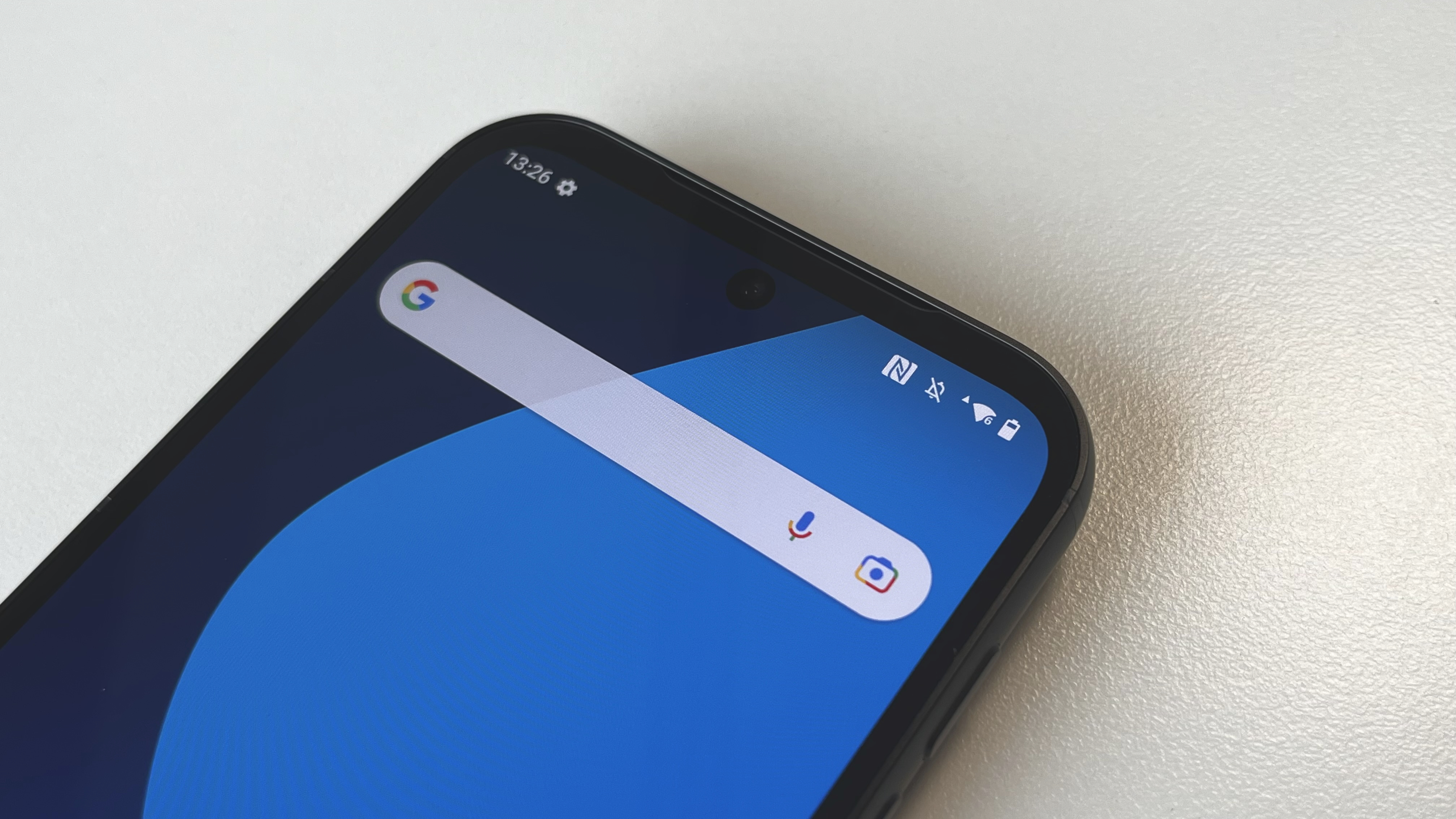
Why should I buy a Fairphone 5?
The big difference with Fairphone products is their commitment to keeping your handset running for as long as possible. A large portion of their concept is that you can fix things as they go wrong, rather than having to simply toss the phone and start again.
Repairability is definitely a buzzword in the tech industry these days. We've seen both Apple and Samsung get in on the act in the last year, after mounting pressure from bodies like the European Commission. But for Fairphone, that has always been at the forefront.
On the Fairphone 5, you'll find 11 spare parts available to purchase on their website. Everything comes apart and goes back together with a small Phillips head screwdriver, making the process really simple.
Don't think that's only handy from a repair perspective, either. Users have been known to purchase spare batteries to quickly swap them out rather than recharging. That's really useful. Think of festival goers, or those who spend a lot of time in off-grid environments – no need to pack a portable charger, simply swap out the battery itself instead.
It's not just removeable hardware that's worth shouting about, either. The brand are also committed to keeping your software updated for as long as possible. On this handset, that's supported until 2031 – giving users a full eight years of compatibility. That includes support from Qualcomm until 2028 on the chipset.
That kind of support is massive. Most phones promise two or three years of software updates, with an additional year or two of security updates.
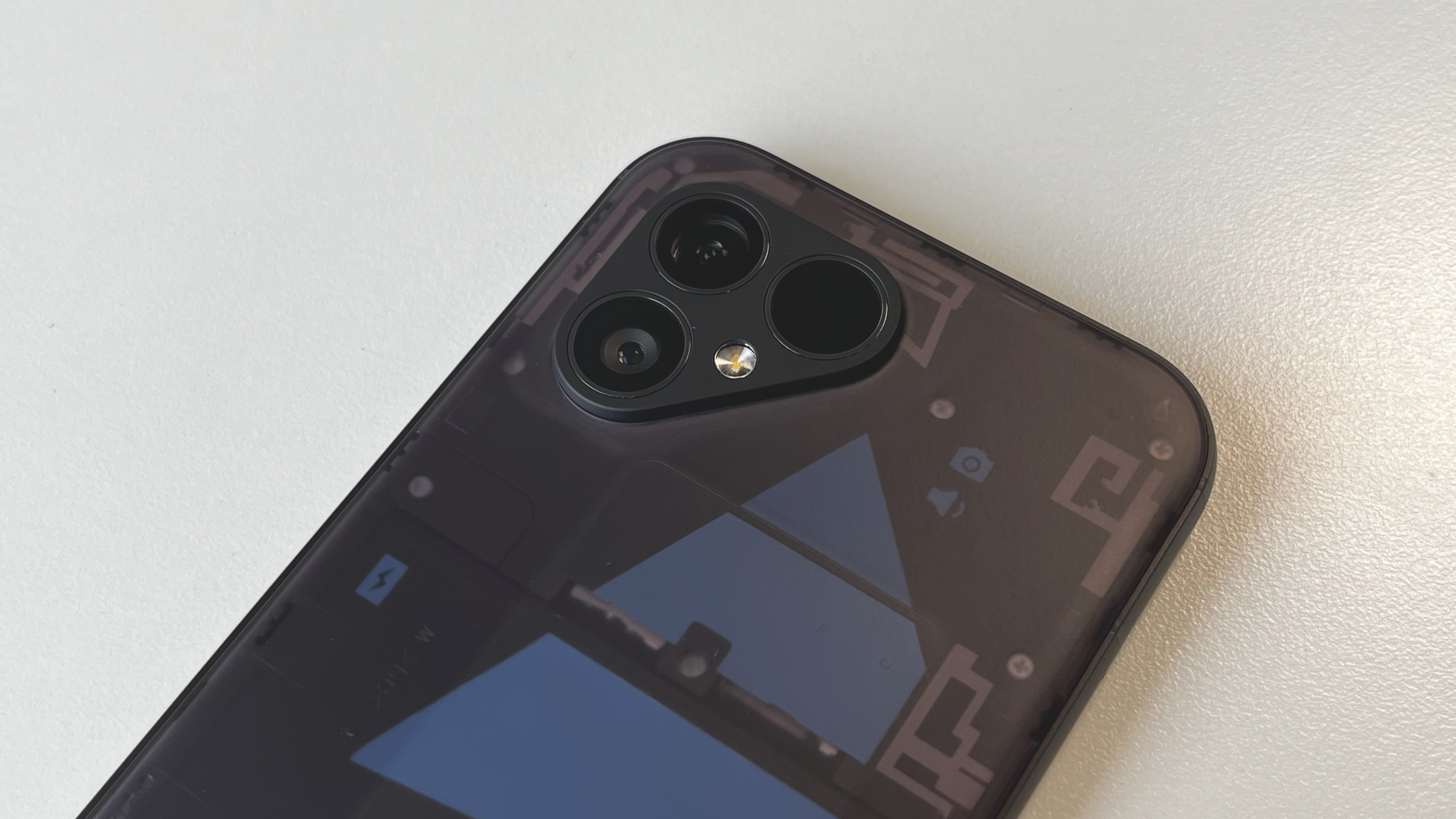
Is the Fairphone 5 camera any good?
One of the biggest talking points in the new range is that camera array. It deserves it, too, bringing a decent upgrade over the previous generation.
But is it actually any good? Well, I took a handful of shots to test it out and generally, yes, it is. Okay, it's not going to have camera heavyweights like the Samsung Galaxy S23 Ultra or the Google Pixel 7 Pro sweating, but it's more than capable of handling the demands of most users.



The main sensor is crisp and detailed, with a decent colour balance. That maps really nicely at 2x zoom, too. There's no mention of an optical zoom on the spec sheet, but you certainly wouldn't notice that in these images, retaining the clarity and overall profile of the native shots.
The ultra-wide does let it down a little. Images maintain the same character – something which not all phones manage to achieve – but the detail does disappear somewhat. Just look at the trees on the right hand side of the above image to see what I mean.


Portrait mode works really nicely, too. There's just the right amount of background blur, keeping the foreground tightly in focus without losing all definition with content in the back.
I did manage to trip it up with a moving subject, where the camera was unable to pick out the exact shape in the foreground. But that's a fairly tall order for any handset, so I won't mark it down too harshly.
The selfie camera is also great. A 50MP Samsung JN1 sensor is a lot of camera for front facing duties, but the results are excellent. It will be perfect for capturing front-facing content, particularly with a selfie portrait mode, too.
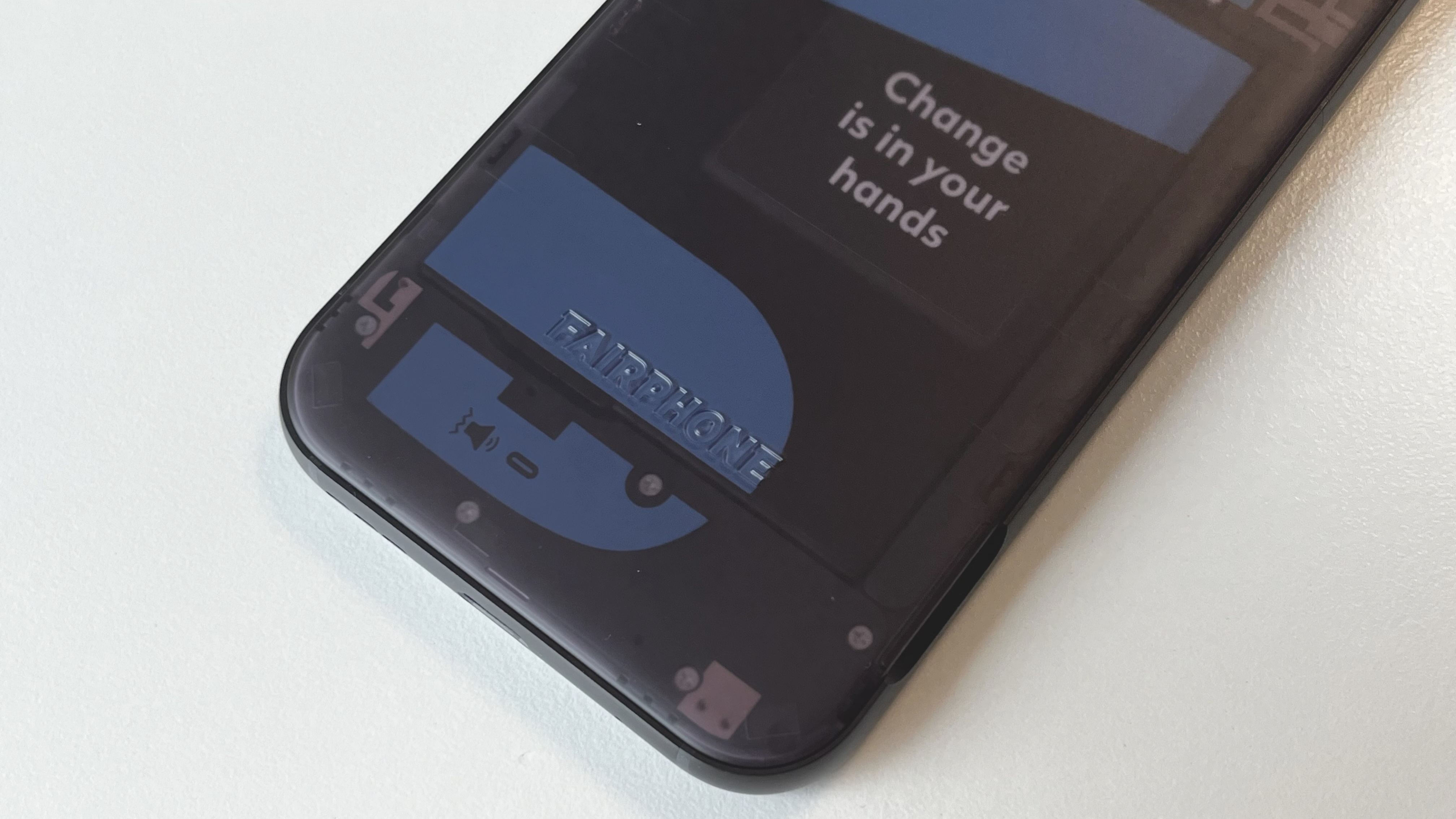
Should I buy a Fairphone 5?
So, the big question is should you buy one? Overwhelmingly, there are a lot of reasons why you should. Of course, if you're particularly concerned about the environment or the longevity of your handset, this should be top of your list. It's a really brilliant initiative.
I think there are a lot of other applications for it, though. As mentioned, that battery replacement opens a lot of doors. You can pick up a spare battery for just £35.95, which is really not a lot. A good power bank would set you back more.
At £649, it does enter a crowded part of the market. It's right up against big players like the Nothing Phone (2) and the Google Pixel 7. If you're interested in top-tech on a budget, those are probably slightly better options. But you'll have to sacrifice the ease of repair and longevity offered by the Fairphone.
One thing is for certain, though – this isn't just a gimmick. It's a genuinely useful bit of tech that will be more than enough for a lot of users. And it might just save the planet a little in the process. What's not to like?

Sam is an award-winning journalist with over six years of experience across print and digital media. As T3’s Senior Staff Writer, Sam covers everything from new phones and EVs to luxury watches and fragrances. Working across a range of different social media platforms alongside his written work, Sam is a familiar face for fans of T3. When he’s not reviewing snazzy products or hunting for stellar deals, Sam enjoys football, analog photography and writing music.
-
 3 overrated shoulder exercises, according to a fitness expert (and what to do instead)
3 overrated shoulder exercises, according to a fitness expert (and what to do instead)Sculpt 3D shoulders whilst minimising injury with these three alternative exercises
By Bryony Firth-Bernard Published
-
 Polar’s new subscription feature lands in the shadow of Garmin’s Connect+ rollout
Polar’s new subscription feature lands in the shadow of Garmin’s Connect+ rolloutPR genius or timing disaster? Polar’s new Fitness Programme adds adaptive training to its ecosystem
By Matt Kollat Published
-
 Google's Pixel 9a does one simple thing that could tempt me away from iPhones after a decade
Google's Pixel 9a does one simple thing that could tempt me away from iPhones after a decadeGoogle's played a blinder here
By Max Freeman-Mills Published
-
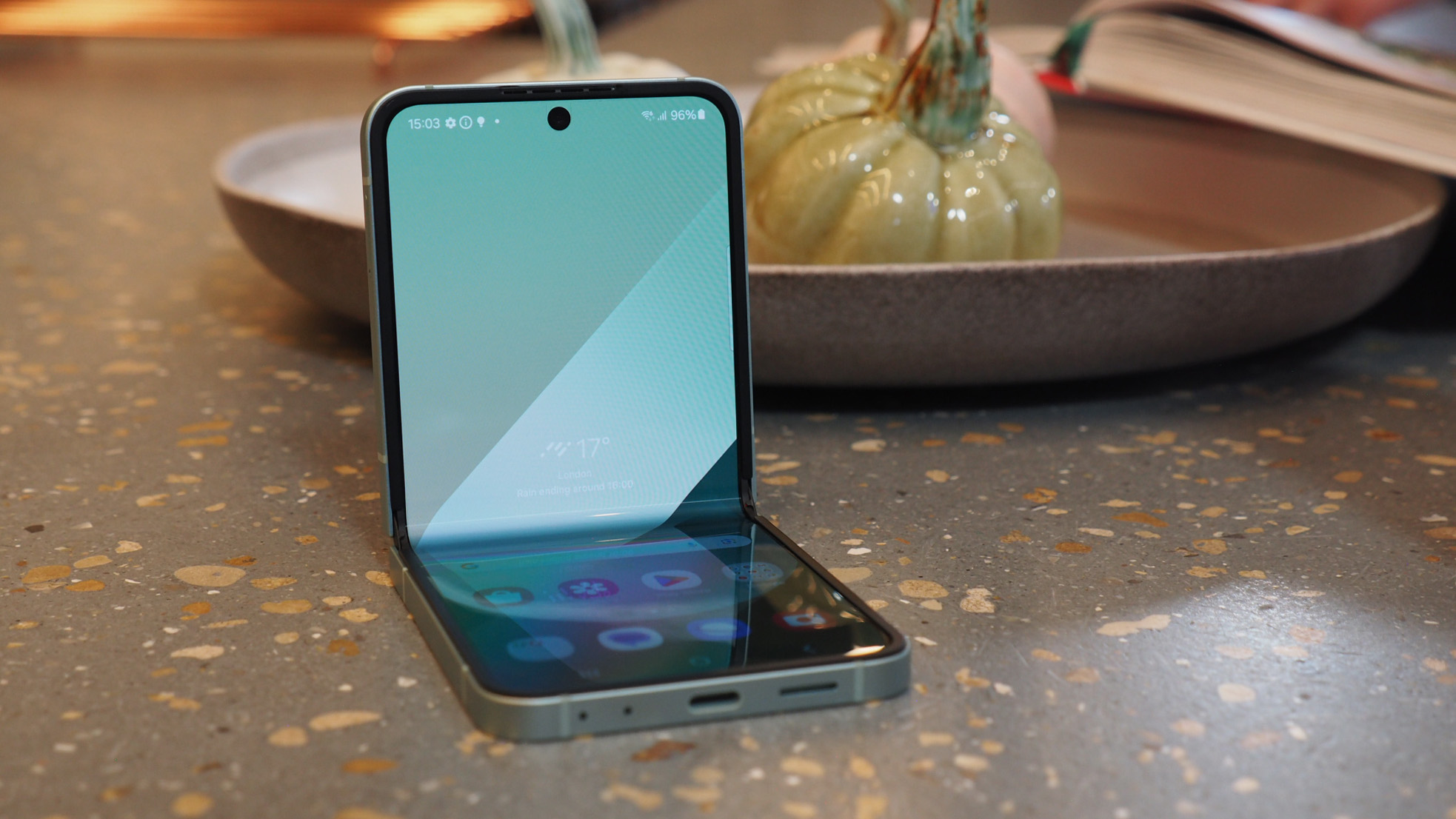 Samsung's foldables get Android 15 (One UI 7) at last, but there's a catch
Samsung's foldables get Android 15 (One UI 7) at last, but there's a catchYou might have to wait a bit longer for the full release
By Chris Hall Published
-
 Honor suddenly adds Samsung-rivalling upgrade that'll last for years
Honor suddenly adds Samsung-rivalling upgrade that'll last for yearsIt's a big change, and a welcome one
By Max Freeman-Mills Published
-
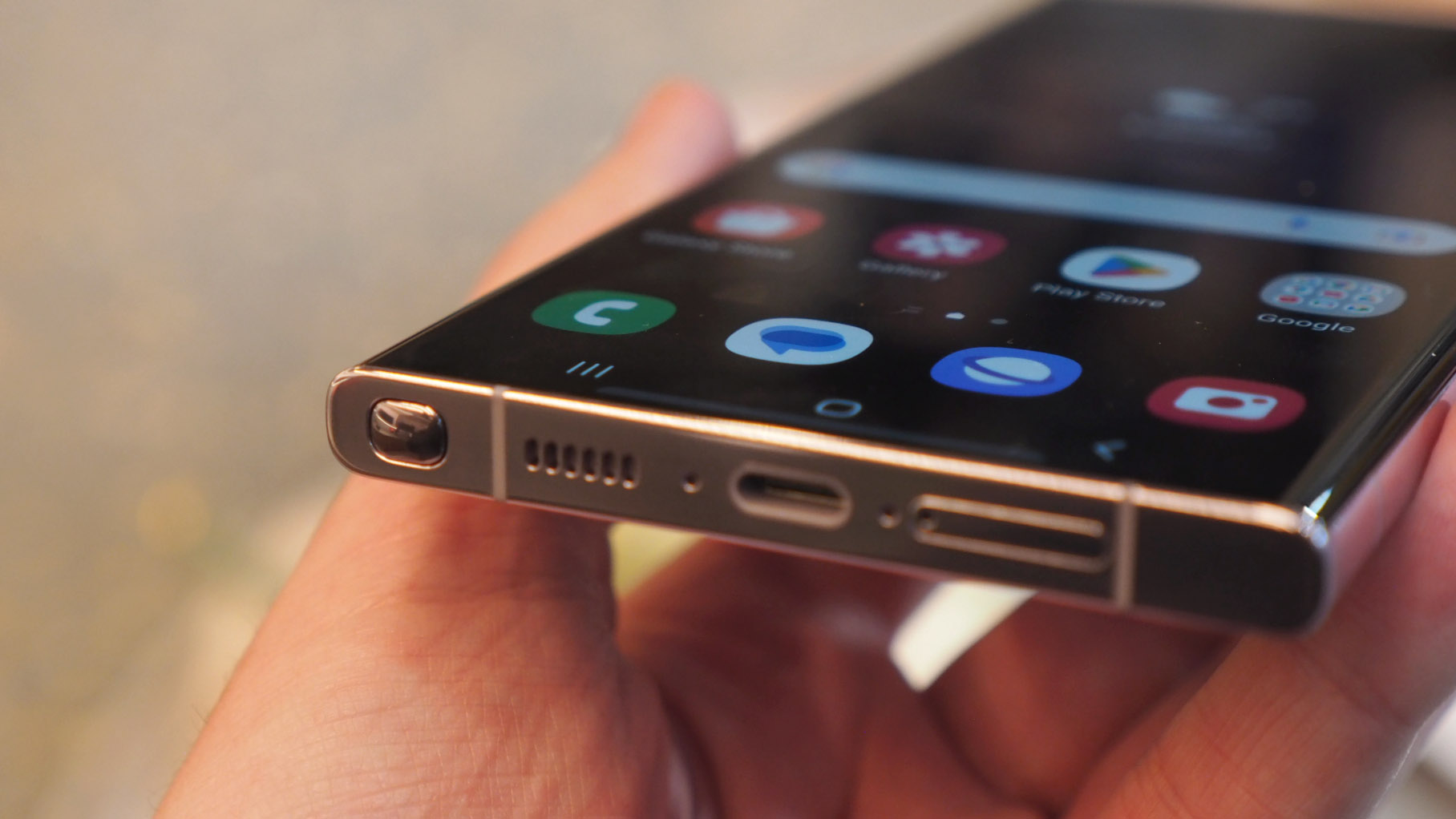 Your older Samsung phone could finally get Android 15 on these dates
Your older Samsung phone could finally get Android 15 on these datesYou could get a significant upgrade in the coming months
By Sam Cross Published
-
 Photoshop's getting a surprise free upgrade on iPhone – and Android's next
Photoshop's getting a surprise free upgrade on iPhone – and Android's nextThe full experience is coming to mobile
By Max Freeman-Mills Published
-
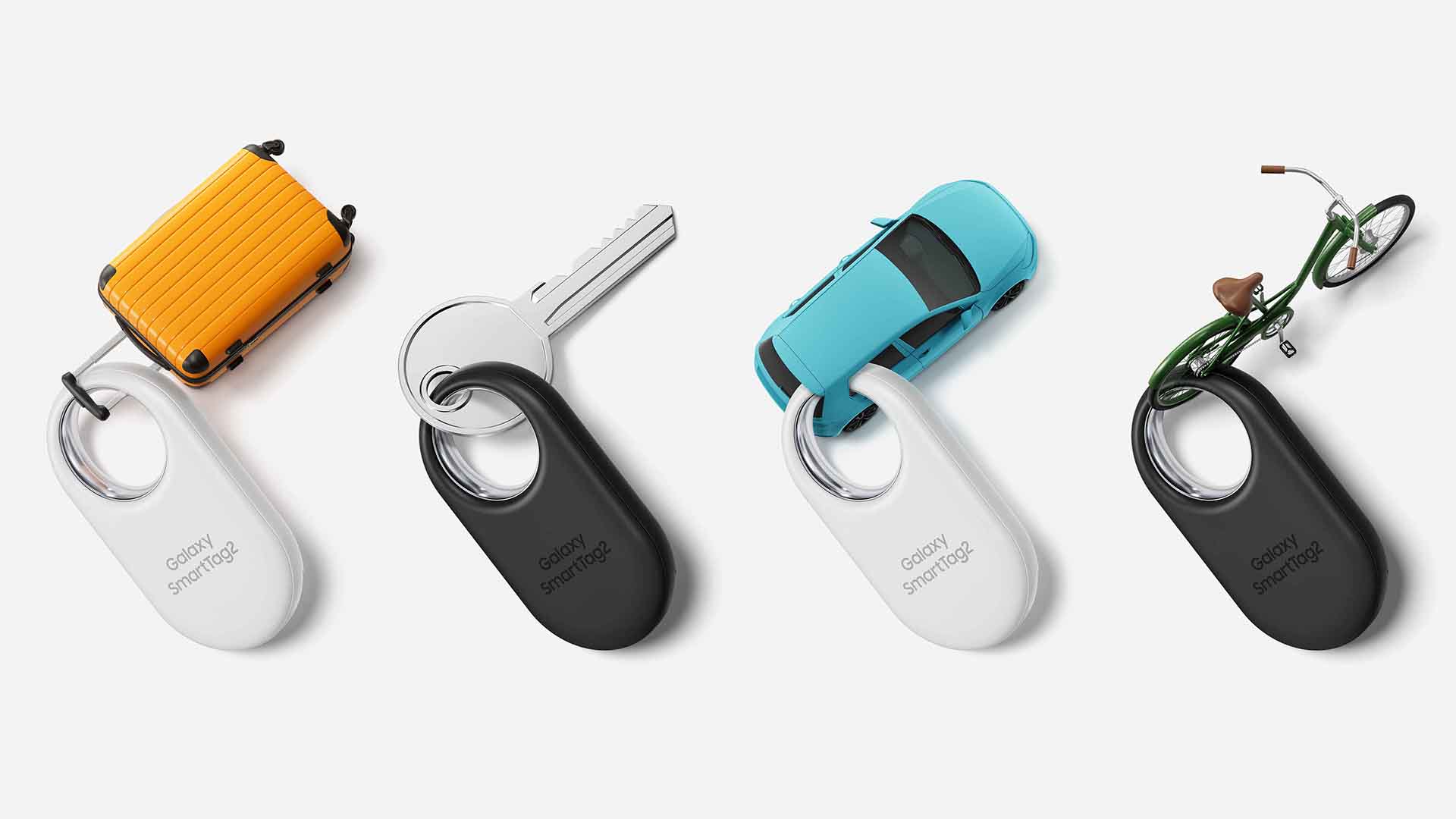 You can now use a Samsung Galaxy SmartTag with any Android phone, but there's a catch
You can now use a Samsung Galaxy SmartTag with any Android phone, but there's a catchThere's a clever way to get your Galaxy Tag working on other Android phones
By Chris Hall Published
-
 Here's when Android 16 will be officially detailed – Google I/O 25 date revealed
Here's when Android 16 will be officially detailed – Google I/O 25 date revealedWe're soon going to know a lot more about Google's plans as I/O 2025 is announced
By Chris Hall Published
-
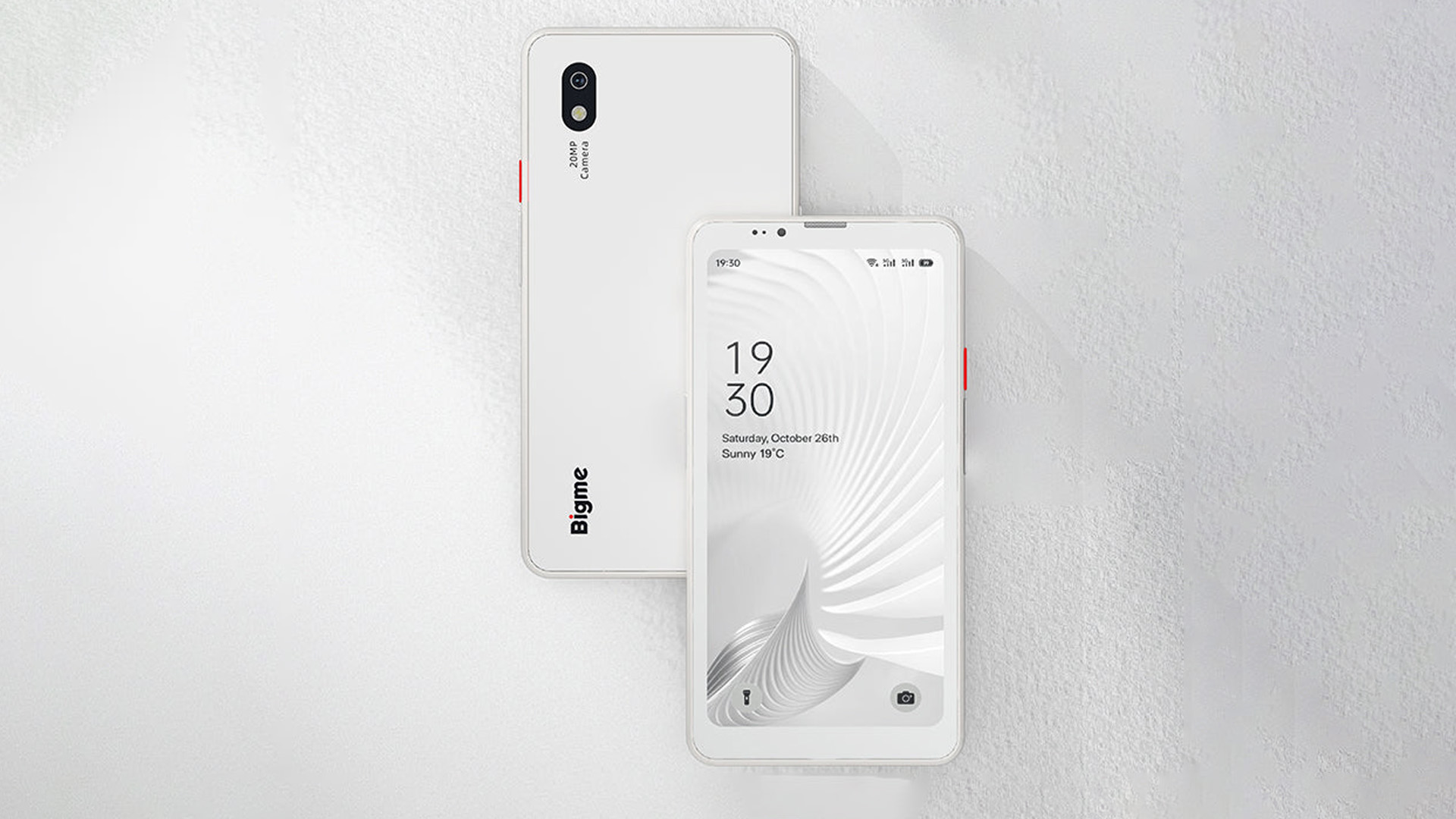 This Android phone is more Kindle than Pixel, and that's intriguing
This Android phone is more Kindle than Pixel, and that's intriguingBigme's E Ink Android handset is a very different kind of budget phone
By Britta O'Boyle Published